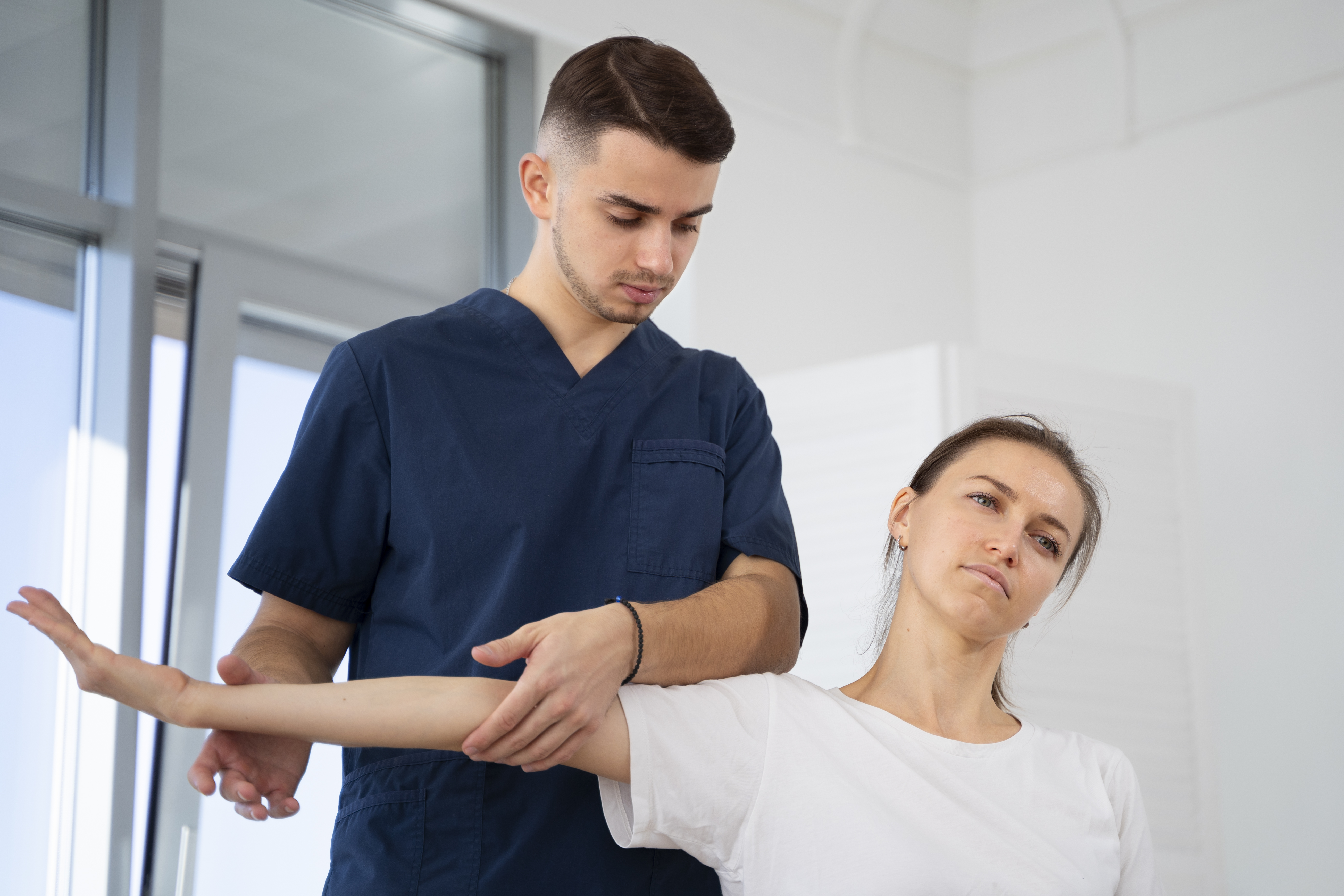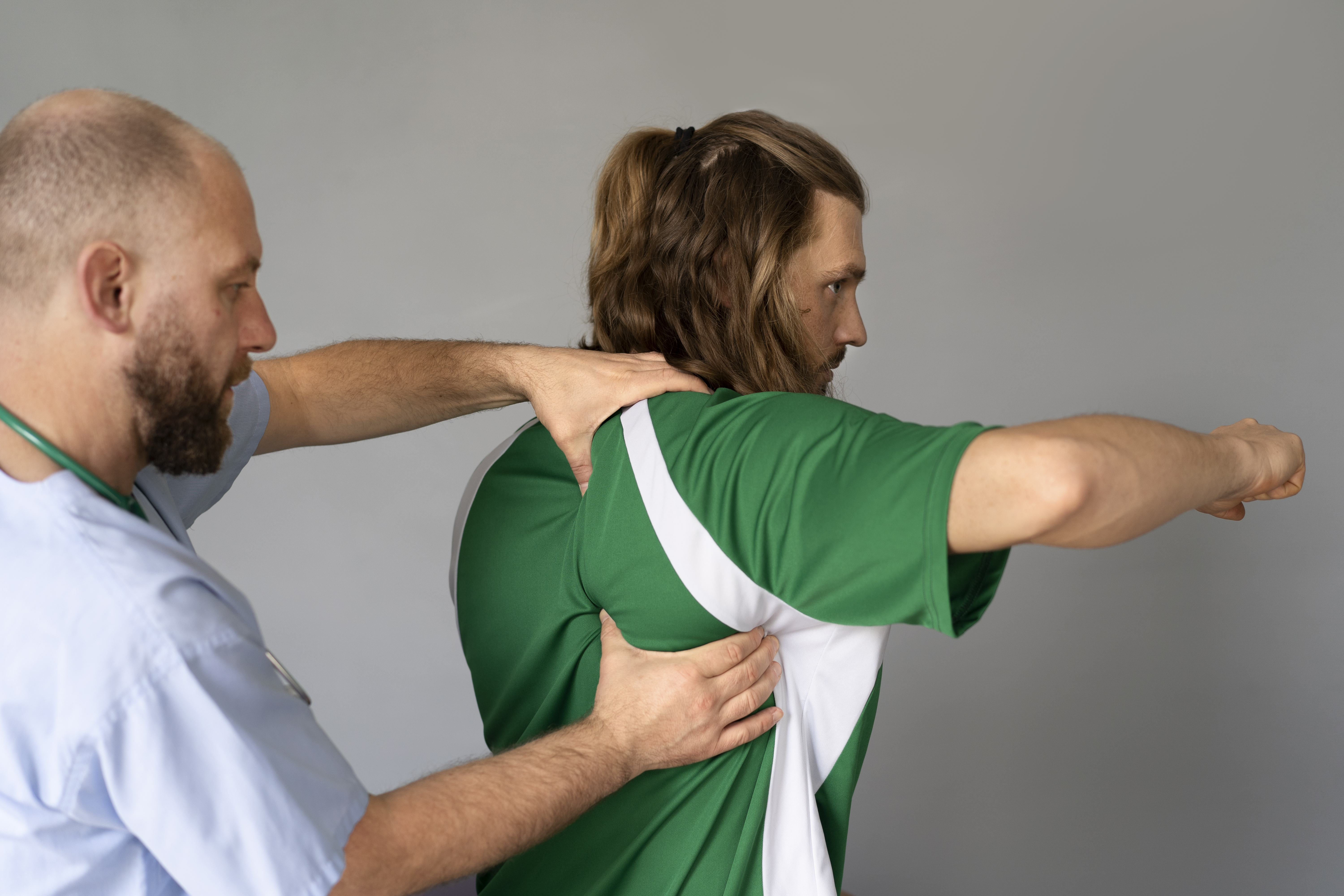What are the primary causes and risk factors associated with ACL injuries in athletes?
Athletes, whether amateurs or professionals, are no strangers to injuries, with one of the most common and debilitating being ACL (Anterior Cruciate Ligament) injuries. These injuries not only pose a significant setback to an athlete's career but also carry long-term consequences if not managed properly. In this article, we delve into the primary causes and risk factors associated with ACL injuries in athletes, shedding light on preventive measures to keep athletes in the game.

The Anatomy of ACL Injuries
The ACL is one of the four major ligaments in the knee joint, crucial for maintaining stability and preventing excessive forward movement of the tibia (shinbone) in relation to the femur (thighbone). ACL injuries often occur during activities that involve sudden stops, changes in direction, or direct impact to the knee. While athletes engaged in sports like basketball, soccer, football, and skiing are at higher risk due to the dynamic nature of these activities, ACL injuries can happen to anyone participating in physical activities.
Primary Causes of ACL Injuries
Non-Contact Mechanisms
A significant portion of ACL injuries occur without direct contact from an external force. These injuries typically happen during movements such as sudden deceleration, cutting, pivoting, or landing from a jump. The abrupt change in direction or speed places immense stress on the ACL, leading to tears or sprains.
Contact Mechanisms
In sports like football, rugby, or martial arts, ACL injuries can also result from direct impact or collision with another player or object, causing the knee to twist or hyperextend beyond its normal range of motion.
Overuse and Fatigue
Chronic overuse and repetitive stress on the knee joint can weaken the ACL over time, making it more susceptible to injury, especially in athletes who engage in high-intensity training without adequate rest and recovery.
Risk Factors Associated with ACL Injuries
Biomechanical Factors
Individual anatomical variations and biomechanical imbalances play a significant role in predisposing athletes to ACL injuries. Factors such as increased Q-angle (the angle formed by the intersection of the line of pull of the quadriceps muscle and the patellar tendon), abnormal limb alignment, muscle weakness or imbalance, and poor neuromuscular control can contribute to faulty movement patterns and increase the risk of ACL injury.
Gender Disparities
Studies have shown that female athletes are at a higher risk of sustaining ACL injuries compared to their male counterparts. Biomechanical differences, hormonal factors, and neuromuscular control discrepancies between males and females contribute to this disparity, highlighting the importance of tailored injury prevention programs for female athletes.
Previous Injury History
Athletes with a history of ACL injuries or other knee ligament sprains are more susceptible to recurrent injuries due to residual joint instability, altered biomechanics, and impaired proprioception.

Prevention Strategies
Proper Technique and Movement Patterns
Educating athletes on proper landing, cutting, pivoting, and deceleration techniques can mitigate excessive stress on the ACL and promote safer movement patterns during sports activities.
Strength and Conditioning
Incorporating strength training exercises targeting the muscles surrounding the knee joint, particularly the quadriceps, hamstrings, and glutes, can enhance joint stability and reduce the risk of ACL injuries.
Flexibility and Mobility
Maintaining optimal flexibility and joint mobility through regular stretching and mobility exercises can improve the resilience of the knee joint and reduce the likelihood of injury during dynamic movements.
Injury Screening and Rehabilitation
Conducting pre-participation screenings to identify athletes with underlying biomechanical deficiencies or asymmetries can facilitate early intervention and targeted rehabilitation to address potential risk factors and prevent ACL injuries.
ACL injuries pose significant challenges for athletes, affecting performance, longevity, and overall quality of life. By understanding the primary causes and risk factors associated with ACL injuries, athletes, coaches, and healthcare professionals can work together to implement effective preventive strategies and minimise the incidence of these debilitating injuries. Through proper education, training, and proactive injury management, athletes can stay healthy, resilient, and continue to excel in their respective sports.
At Mainstreet PT, we are dedicated to providing comprehensive physiotherapy services to athletes of all levels, helping them recover from injuries, prevent future occurrences, and optimise their performance on and off the field. Contact us today to learn more about our specialised ACL injury prevention programs and rehabilitation services tailored to your unique needs. Stay strong, stay agile, and keep moving forward with Mainstreet PT.
